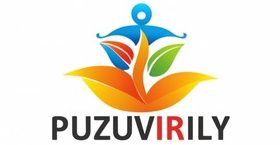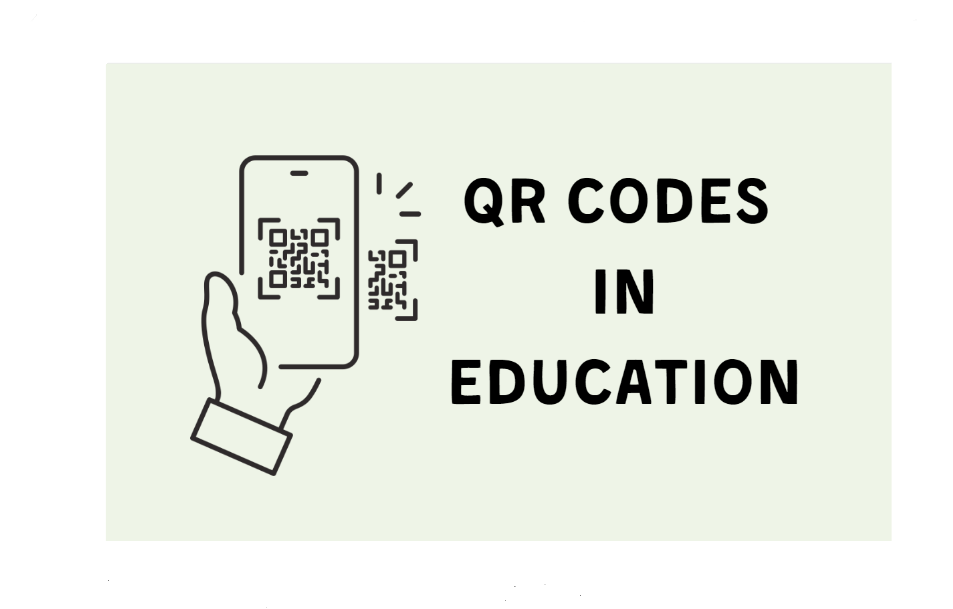The field of education has seen a rapid integration of technology into classrooms, transforming the way students learn and teachers teach. One such technological tool that has gained traction in educational settings is the Quick Response (QR) code. Initially developed for inventory tracking and marketing purposes, QR codes have found their way into classrooms, unlocking the potential to enhance learning experiences. In this article, we will explore the role of QR codes in education and how they are revolutionizing the learning process.
Easy Access to Digital Resources
QR codes offer a convenient way for students and teachers to access a wealth of digital resources instantly. By embedding QR codes in textbooks, worksheets, or classroom displays, educators can provide students with direct links to online articles, videos, interactive quizzes, or supplementary learning materials. With a simple scan using a smartphone or tablet, students can delve deeper into a topic, explore additional resources, and engage in self-paced learning. This seamless access to digital content not only enriches the learning experience but also caters to individual learning styles and preferences.
Engaging Multimedia Experiences
Traditional textbooks and static learning materials can sometimes struggle to capture students’ attention and interest. QR codes provide a solution by enabling the integration of multimedia content into educational materials. Students can scan a QR code and be directed to educational videos, simulations, virtual tours, or interactive presentations that enhance their understanding of a particular concept. These multimedia experiences create a dynamic and immersive learning environment, fostering engagement and promoting deeper comprehension of the subject matter.
Interactive Assessments and Feedback
QR codes can revolutionize the way educators assess student learning and provide feedback. Teachers can generate QR codes linked to online quizzes, surveys, or assessments tailored to specific learning objectives. Students can scan the QR codes and complete the assessments using their devices, allowing for immediate feedback and progress tracking. This real-time feedback enables teachers to identify areas of strength and areas needing improvement, adapt their instruction accordingly, and provide timely guidance to individual students.
Collaborative Learning and Resource Sharing
QR codes facilitate collaboration and resource sharing among students and educators. Students can create QR codes to share their projects, presentations, or research findings with their peers or teachers. This enables a seamless exchange of information and promotes collaborative learning. Additionally, teachers can generate QR codes for sharing classroom resources, such as lesson plans, study guides, or supplementary materials. This accessibility to shared resources promotes a culture of collaboration, fosters a sense of community, and enhances the overall learning experience.
Field Trips and Experiential Learning
QR codes can enhance field trips and experiential learning by providing students with contextual information and interactive experiences. When visiting museums, historical sites, or scientific exhibits, QR codes can be placed near artifacts or exhibits. Students can scan the codes to access additional information, audio guides, or virtual tours, enriching their understanding and appreciation of the subject matter. This interactive element transforms traditional field trips into immersive learning experiences that bridge the gap between theory and practice.
Inclusivity and Accessibility
QR codes promote inclusivity and accessibility by catering to diverse learning needs. They provide an inclusive approach to accessing information by allowing students to engage with content at their own pace and in their preferred format. Additionally, QR codes can be paired with assistive technology, such as screen readers or text-to-speech software, to support students with visual impairments or learning disabilities, ensuring equal access to educational resources.
Conclusion
QR codes have emerged as a versatile tool in education, revolutionizing the learning experience for students and teachers alike. With their ability to provide easy access to digital resources, facilitate engaging multimedia experiences, enable interactive assessments, foster collaboration, enhance field trips, and promote inclusivity, QR codes have become a valuable asset in educational settings. As technology continues to advance, the potential for QR codes in education





